The NYC City Council recently passed changes to Local Law 11 (LL11), which Mayor Adams recently signed into law. LL11 requires that all exterior walls of buildings taller than six stories—not just those facing the street—be professionally inspected every five years to ensure that all facades are structurally sound and safe. The recent changes, falling under the title Intro 394-A, constitute ‘a local law to amend the administrative code of the city of New York, in relation to exterior wall inspection requirements.’ To understand the amendment and what it means for the boards and management of included buildings, let’s look at the history of the law.
Some Background
When Local Law 10 was first passed in 1980, and later amended by Local Law 11 in 1998, buildings higher than six stories were required to undergo facade inspections every five years—though according to experts, there was no scientific basis for the five-year cycle; it was simply the interval the legislators chose. Intro 394-A, the new amendment, requires the Department of Buildings (DOB) to complete a study evaluating the frequency of inspections mandated by the LL11 Façade Inspection and Safety Program (FISP), and to submit recommendations concerning the inspection schedule to the City Council by December 31, 2025.
David Maggiotto, deputy press secretary for the DOB explains further: “The bill also requires eliminating the current five-year FISP cycle, and replacing it with a longer periodic interval of six to 12 years, with the exact interval not yet determined. Additionally, the bill replaces the current requirement that the initial façade examination for any new building be conducted in the fifth year following the erection or installation of any exterior wall or appurtenance with a requirement that the initial façade inspection be conducted in the eighth year.”
Benefits to Building Owners
The bill, sponsored by City Councilmember Keith Powers of District Four in Manhattan, is supported by the DOB, as it allows property owners more time between when they must file required façade inspections. Time is always a valued commodity—especially with the ever-increasing number of inspections and reports required of New York City property owners, including co-ops and condominiums.
The new legislation also mandates a new study to determine the best intervals for inspections and subsequent filings. “The study is being conducted for the Department of Buildings by the structural engineering firm Thornton Thomasetti,” reports Maggiotto. “The study is looking at all aspects of Local Law 11 for potential reform—including inspections—but is not limited to the length of the required inspection cycle. It's also looking at how the age of buildings could impact that requirement, how the materials and assemblies of the façade could impact the requirements, the extent of façade damage that would require pedestrian protection, and the scope of the required review performed by qualified exterior wall inspectors. The results of the study are expected this summer, and the recommendations are due to the City Council by December 31, 2025.
Intro 394-A marks "The first major reforms to Local Law 11 façade inspection regulations in decades," says DOB Commissioner Jimmy Oddo, and also addresses the issue of sidewalk sheds—the ubiquitous steel-and-plywood scaffolds erected over sidewalks during facade work to protect passers-by from any falling debris. Unfortunately, sheds also tend to obscure entryways and signage, trap windblown trash, congest sidewalks, and are moreover an eyesore that can remain in place for years as facade projects drag on. “Ever since the ‘Get Sheds Down’ plan was first introduced,” Oddo continues, "our administration has made significant progress compelling hundreds of building owners to make needed repairs so they can remove their sidewalk sheds from our neighborhoods. Thanks to Mayor Adams and our partners in the City Council, this new legislation puts us on the cusp of a meaningful reduction in long-standing sheds across the city, improvements to the design of pedestrian protection equipment, decongestion of our sidewalks, and There is still a lot of game left to play towards fixing the city’s sidewalk shed problem, but these new tools will go a long way in delivering New Yorkers the uncluttered public streetscapes they deserve.”
This is the first in a series on the recent changes to the laws governing sidewalk sheds in NYC. Next up: penalties for noncompliance



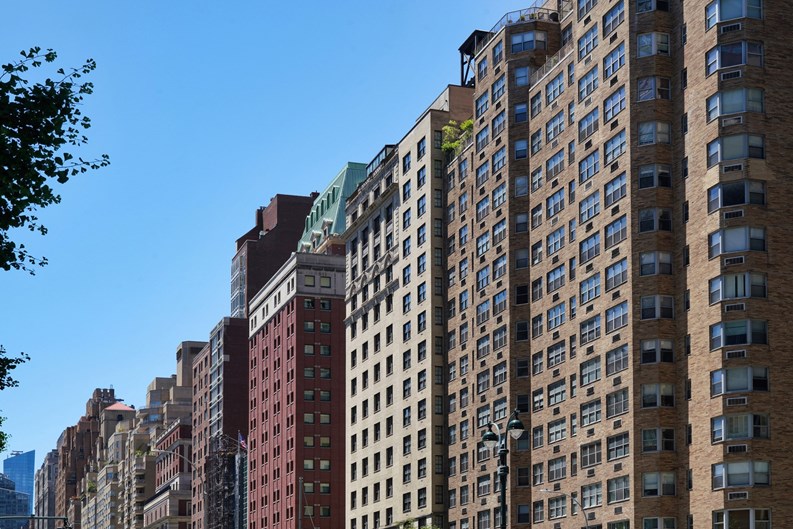
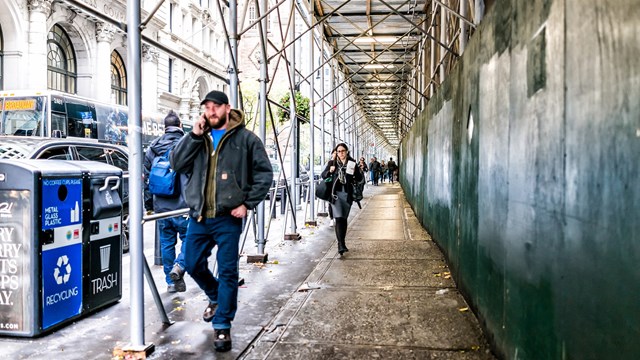
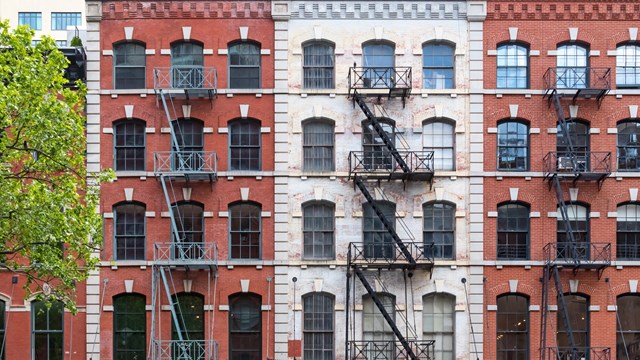


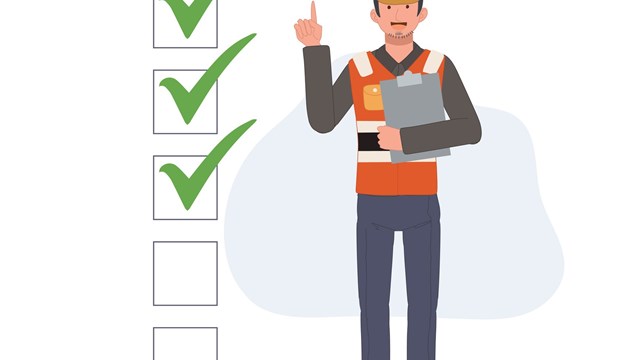
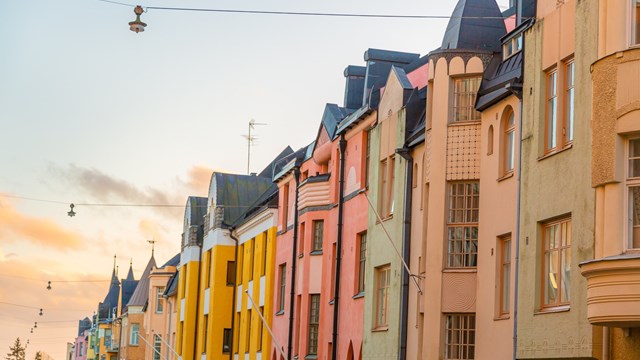
Leave a Comment